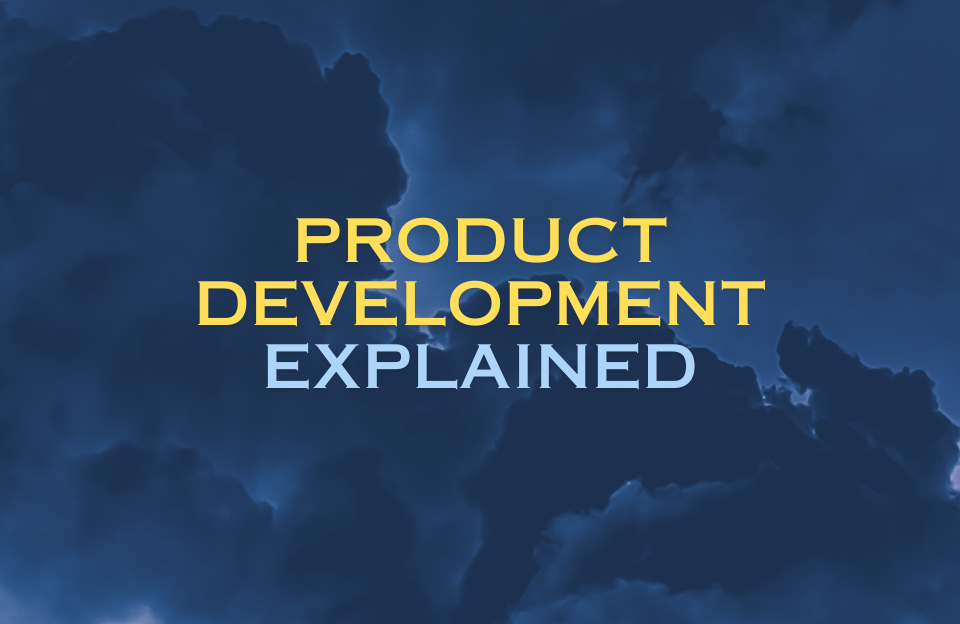Introduction
In today’s fast-paced business landscape, standing still is not an option. Customer needs evolve, markets shift, and competitors are constantly innovating. One strategic approach that helps companies stay ahead while deepening their market presence is Product Development.
As one of the four strategies in the Ansoff Matrix, Product Development focuses on creating new products to serve existing markets. It’s a forward-looking path that combines innovation, customer understanding, and brand loyalty.
What Is Product Development?
Product Development refers to the process of designing and launching new products or enhancing existing ones to offer more value to your current customer base. Unlike Market Development (which targets new markets), this strategy focuses on leveraging your existing customer relationships while expanding your product portfolio.
It often involves:
- Creating entirely new products or services
- Improving current product features
- Repackaging or upgrading products for better user experience
- Acquiring external innovations (via M&A, partnerships, or licensing)
Why Choose Product Development?
This strategy is especially effective for companies that already have:
- A strong market presence
- Deep customer insights
- Established distribution channels
- A solid brand reputation
Rather than chasing new audiences, Product Development allows a business to maximize the value of existing customer relationships and stay relevant in a changing landscape.
Key Goals of Product Development
- Meet evolving customer needs: Ensure your offerings align with changing demands.
- Stay ahead of competitors: Lead the market by launching new or improved solutions first.
- Retain current customers: Increase customer loyalty and reduce churn through continuous improvement.
Real-World Examples
- Apple: Regularly launches upgraded iPhones and MacBooks with new features and designs.
- Tesla: Develops new models like the Cybertruck while updating existing cars with software improvements.
- Spotify: Adds features like AI playlists, podcast integrations, and cross-device syncing.
- Coca-Cola: Introduces limited-edition flavors and rebrands classics to generate renewed interest.
Risks and Challenges
While product development is less risky than diversification, it’s far from simple. Challenges include:
- High research and development costs
- Longer time-to-market cycles
- Potential market saturation and feature fatigue
- Risk of cannibalizing existing product lines
A successful strategy requires customer-driven design, agile teams, and continuous validation.
Best Suited For…
Product Development is best for:
- Mature businesses with strong brand equity
- Companies with loyal customers and access to user feedback
- Industries driven by innovation and competition
Common sectors:
- Technology and consumer electronics
- SaaS and digital products
- Automotive
- Retail and FMCG
Strategic Tips for Success
- Involve customers early through surveys, testing, and feedback loops
- Use data to identify product gaps and high-value features
- Ensure cross-functional alignment between R&D, marketing, and customer support
- Test and iterate before full-scale launches
- Focus on solving real problems—not just adding features
Conclusion
Product Development is a powerful growth strategy when targeting existing markets. By continually adapting and expanding your product portfolio, you ensure long-term relevance and loyalty while staying ahead of competitors.
For companies with established market positions and a deep understanding of customer needs, product development isn’t just a strategy, it’s a mindset.




